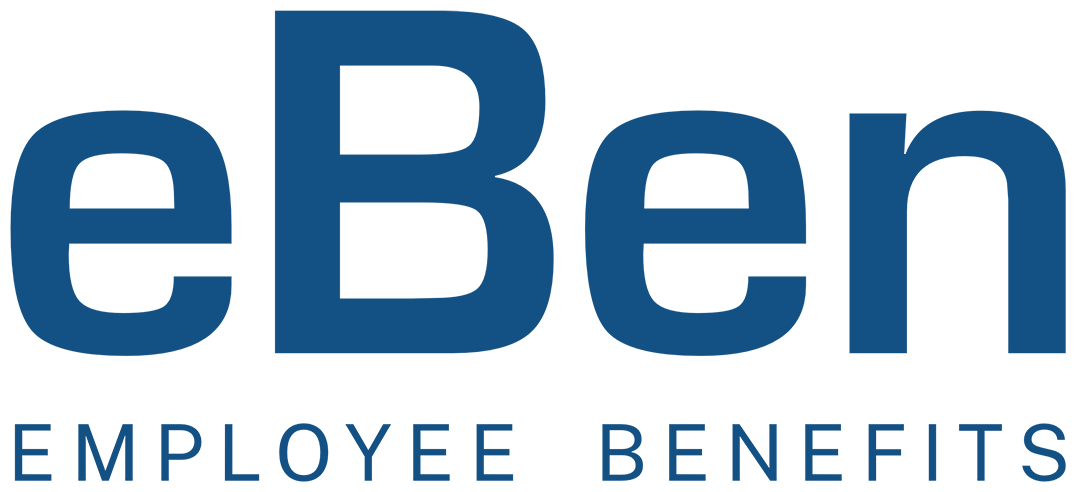The WHD Letter clarifies that PFML benefit programs are treated similarly to paid disability plans and workers’ compensation benefits under federal Family and Medical Leave Act (FMLA) regulations on the following points:
- PFML leave must be designated as Family and Medical Leave Act (FMLA) leave when the PFML leave also qualifies as FMLA leave,
- The FMLA substitution rule does not apply when employees take FMLA leave and concurrently receive benefits under state PFML programs, and
- An employer and employee may mutually agree to the employee’s use of employer-provided accrued paid leave benefits to supplement or “top off” the PFML benefits received during an FMLA leave.
Read on for more information.
FMLA Background
The federal Family and Medical Leave Act (FMLA) requires covered employers to provide eligible employees with up to 12 weeks of unpaid, job-protected leave for an eligible employee’s own serious health condition or to care for the eligible employee’s spouse, child, or parent with a serious health condition. Eligible employees may also take up to 26 workweeks of leave during a single 12-month period to care for a covered servicemember with a serious injury or illness, if the employee is the spouse, child, parent, or next of kin of the servicemember.
FMLA leave is also available for eligible employees to take time off work for the birth, adoption, or foster care placement of a child and to bond with the child.
Eligible Employees: Employees are eligible for FMLA leave if they work for a covered employer for at least 12 months, have at least 1,250 hours of service for the employer during the 12 months before the leave, and work at a location where the employer has at least 50 employees within 75 miles.
Covered Employers: Covered employers under the FMLA are those who employ 50 or more employees for 20 or more workweeks in the current or preceding calendar year, including joint employers or successors in interest to another covered employer.
PFML Background
In the absence of a federal paid family and medical leave (PFML) program for U.S. workers, an increasing number of states have enacted their own PFML program, providing full or partial wage replacement to employees who need time away from work for certain reasons including, but not limited to:
- Caring for an employee’s own, or a family member’s, serious health condition
- Bonding with a new child, and
- Supporting a family member who is on active military service duty.
Some local governments have also adopted PFML programs for their municipal government employees.
Generally, these PFML programs can vary widely in their structure, scope, and duration of benefits in different states and local jurisdictions, including whether they are mandatory or voluntary.
As compared to FMLA, certain PFML programs provide longer (or shorter) leave periods, cover more qualifying leave reasons, and/or define qualifying family members more broadly.[1]
FMLA Substitution Rule
Although FMLA leave is unpaid, the FMLA statute allows the employee to elect, or an employer to require the employee, to substitute employer-provided accrued paid leave benefits (such as vacation, personal, or sick time) for any part of the unpaid FMLA leave[2]. The FMLA substitution rule is intended to reduce the financial burden of wage loss on employees due to family and temporary medical leaves by permitting employees to use employer-provided accrued paid leave to receive wage replacement during an otherwise unpaid FMLA leave.
FMLA Substitution Rule & Disability/Worker’s Compensation Plan
If an employee takes leave and receives payments under a disability benefit plan or workers’ compensation program and the leave also qualifies as FMLA leave due to the employee’s own serious health condition, it must be designated by the employer as FMLA leave and counted against the employee’s FMLA leave entitlement.[3]
Neither the employer nor the employee can require substitution of employer-provided accrued paid leave during a paid disability or workers’ compensation leave period that runs concurrently with FMLA leave since this period of an employee’s FMLA leave is paid.[4]
However, employers and employees may mutually agree, where state law permits, for employees to supplement or “top off” the disability plan or worker’s compensation benefits with their employer-provided accrued paid leave benefits, This allows the employee to receive 100% of their wages in instances when such plans provide only partial wage replacement.[5]
WHD Letter
This WHD Letter was released on January 14, 2025, in response to a request for an opinion regarding whether the FMLA substitution rule applies when employees take leave under state PFML programs.
Since the FMLA was enacted in 1993 and predates the existence of most PFML programs, the FMLA regulations do not directly address them. Accordingly, this WHD Letter provides welcome clarity for employers that PFML programs are treated similarly to paid disability plans and workers’ compensation benefits under federal Family and Medical Leave Act (FMLA) regulations.
The WHD Letter guidance is highlighted below:
- FMLA Designation: When an employee takes leave and receives payments under a PFML program and the leave also qualifies as FMLA leave, it must be designated as FMLA leave and counted against the employee’s FMLA leave entitlement.
- Substitution Rule Applicability: When an employee on FMLA leave is receiving PFML benefits, the FMLA substitution rule does not apply to the portion of leave that is paid. As a result, an employer cannot require employees to use their employer-provided accrued paid leave benefits during an FMLA leave period when the employee is also receiving PFML benefits during that time.
The substitution rule would apply during any remaining FMLA leave once the applicable PFML benefit has been exhausted. - Employer-Provided Paid Leave “Top Off”: An employer and employee may mutually agree to the employee’s use of employer-provided accrued paid leave benefits to supplement or “top off” the PFML benefits to receive 100% of their wages.
For example, as previously reported here, in Massachusetts, employers must allow, but not require, their employees to choose to supplement or “top off” their Massachusetts PFML benefits with employer-provided accrued paid leave benefits. In Colorado (as previously reported here), employers and employees can mutually agree that employees may supplement or “top off” their CO PFML benefit payments with sick leave or other paid time off in order to receive full wage replacement.
After her mother’s surgery, Employee X’s employer designates her 8 weeks of leave as FMLA leave. Employee X qualifies for her state’s PFML program and receives benefits replacing 2/3 of her wages for 6 weeks. During this time, her employer cannot require her, and Employee X cannot elect on her own, to use accrued vacation to receive full pay. However, Employee X and her employer can mutually agree to supplement or “top off” a portion of her vacation time to receive full pay, provided the state PFML program permits it.
For the final two weeks of her FMLA leave when her PFML benefits are exhausted, her leave becomes unpaid, and the FMLA substitution provision applies. As a result, Employee X can elect to use her accrued vacation time to receive 100% of her wages.
Finally, the WHD Letter reminds employers that, except for the FMLA substitution rule, all of the protections under FMLA, including its anti-retaliation provisions, apply during the time period when an applicable PFML program and FMLA leave run concurrently.
Employer Takeaways
While this WHD Letter is generally limited to the facts presented here, it does provide valuable and instructive guidance for employers, particularly multistate employers, as they navigate FMLA requests from employees taking leave under applicable state and local PFML programs. This WHD Letter arrives at an opportune time as increasingly more states continue to enact PFML programs.
Employers are advised to confer with their employment and labor counsel to review and update, as necessary, their leave policies and practices in light of this WHD Letter guidance.
eBen is here to help. Contact your eBen account team with any questions or contact us directly here.
[1] Including domestic partners, grandparents, and parents-in-law, for example.
[2] 29 CFR § 825.207(a)
[3] 29 CFR § 825.207(d)–(e).
[4] Id.
[5] Id.
The contents of this article are for general informational purposes only and eBen makes no representation or warranty of any kind, express or implied, regarding the accuracy or completeness of any information contained herein. Any recommendations contained herein are intended to provide insight based on currently available information for consideration and should be vetted against applicable legal and business needs before application to a specific client.


